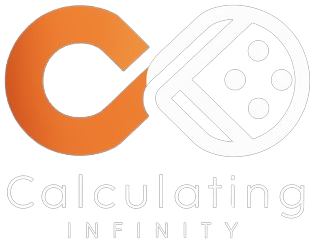Ethereum co-founder Vitalik Buterin has laid out additional plans to enhance the blockchain’s Proof-of-Stake (PoS) system via a brand new improve referred to as “The Verge.”
In a weblog put up revealed on Oct. 23, Buterin defined that whereas operating an Ethereum node is technically doable on a regular laptop computer, the present system’s knowledge necessities make it impractical for a lot of customers.
Working a node calls for lots of of gigabytes of information to confirm blocks, and this knowledge grows by about 30 GB every year. These excessive storage wants prohibit the variety of customers who can run totally verifying nodes on Ethereum.
Buterin’s proposed Verge replace addresses this problem by introducing “stateless client verification,” which permits units to validate blockchain knowledge with out storing the whole dataset regionally.
He defined:
“The Verge is about changing this, and making fully-verifying the chain so computationally affordable that every mobile wallet, browser wallet, and even smart watch is doing it by default.”
The Verge
Initially, “The Verge” targeted on adopting Verkle timber, a knowledge construction that facilitates extra compact proofs and allows the stateless verification of Ethereum blocks.
Nevertheless, the scope has since broadened. The replace now goals to make Ethereum verification extra resource-efficient by combining stateless validation methods and superior cryptographic proofs like SNARKs (Succinct Non-Interactive Arguments of Information).
SNARKs permit one celebration to show they maintain sure info with out disclosing the small print, making it doable to confirm complicated transactions swiftly on-chain. Buterin believes this expertise might allow Ethereum’s blockchain to be verified on small units like smartwatches, increasing the potential for widespread participation within the community.
Stateless verification, specifically, eliminates the necessity for nodes to retailer all blockchain knowledge. As an alternative, every block would come with a “witness” containing the important knowledge and cryptographic proofs wanted to validate the block.
This shift towards stateless purchasers is essential, because it reduces storage calls for and accelerates blockchain efficiency. This could enhance the general consumer expertise whereas decreasing the limitations to operating Ethereum nodes, making solo staking far more accessible.
To implement these adjustments, Buterin proposes changing Ethereum’s present state construction, referred to as the Merkle Patricia tree, with both Verkle timber or STARKed binary hash timber. Whereas STARKs serve the same operate to SNARKs, they provide extra advantages by way of scalability and safety, serving to Ethereum overcome a few of the limitations of its present proof methods.


